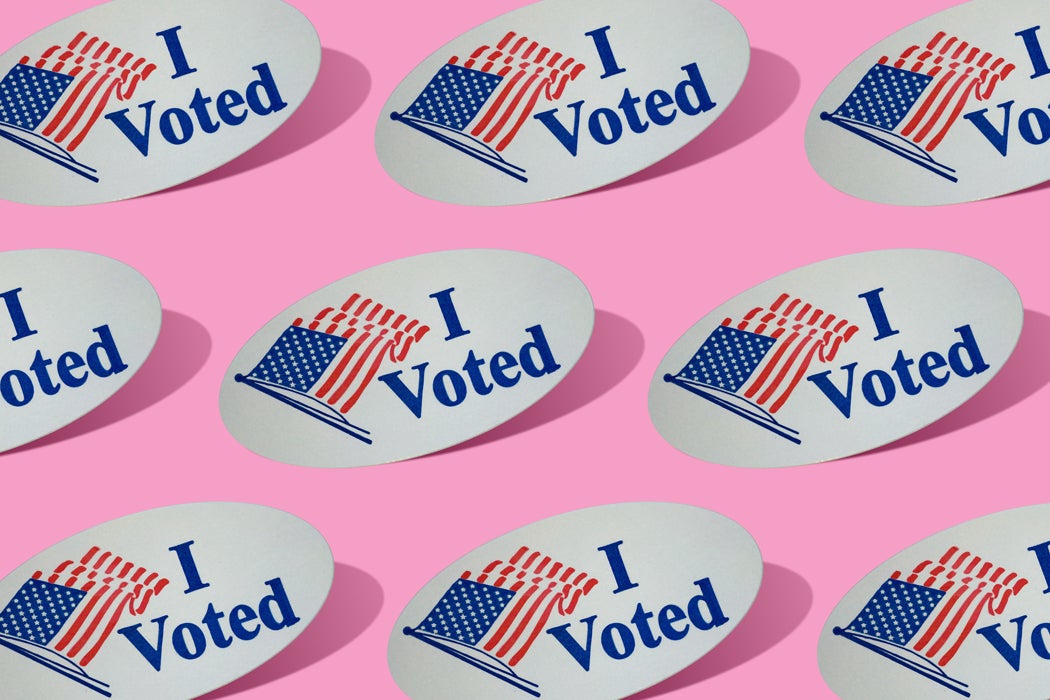For politically engaged Americans, the 2018 congressional elections are some of the most significant events in years. But many people probably won’t vote at all this year. In the 2010 and 2014 midterms, only 40 percent of eligible adults cast ballots. Political scientist Arend Lijphart writes that voter turnout is particularly low among low-income and less-educated people, and that’s true not just in the U.S. but all over the world. But, he argues, it may be a partially solvable problem.
Lijphart notes that when many countries moved toward universal suffrage in the late nineteenth century, political analysts actually tended to assume that turnout would favor the poorer and less-educated. As one French commentator wrote in 1896, “The intellectual elite of the people asks itself whether it is worthwhile to cast a vote which is doomed to drown among the votes of the great crowd.”
But numerous studies throughout the twentieth century found that higher status pretty much universally means higher voting rates. The difference tends to be most pronounced in places like the U.S. where overall voter turnout is relatively low.
So, why does it matter if a lot of lower-income, less-educated people don’t vote? Some scholars say it doesn’t make much difference. Polls have found only a small difference between the policy and candidate preferences of nonvoters and voters.
But Lijphart suggests looking at the question from a different perspective. He points out that nonvoters asked about policy questions have typically not put much thought into the issues. If they were politically mobilized and engaged with others in conversation about politics, they might develop a different, more “class conscious” perspective. Various international studies have found that where voter turnout is high, parties that support policies like full employment and redistribution of wealth tend to do better. Accordingly, governments create more policies that favor less-privileged citizens.
Lijphart suggests that changing certain policies might improve voter turnout. European-style automatic registration could increase U.S. turnout by 10 to 15 percentage points. He also argues that holding elections less frequently could improve turnout by reducing voter fatigue.
Get Our Newsletter
Ultimately, though, Lijphart argues that the best way to get more people voting is to make it illegal not to. Places with compulsory voting usually have lax enforcement and very small penalties for failing to vote, yet requiring people to go to the polls makes a big difference in turnout. In Australia, for example, average turnout rose by 28 percent when voting was made compulsory in 1925. In the Netherlands, when mandatory voting was abolished in 1970, turnout dropped from 94 to 84 percent.
One obvious criticism of mandatory voting is that it will just bring uninformed people to the polls. But Lijphart argues that, to some extent, people don’t simply vote because they’re politically informed. Instead, they often take the time to learn about issues and candidates because they expect to vote. In a country where we were all voters, we might be more informed, and officials might be more inclined to consider all of our needs.
Support JSTOR Daily! Join our new membership program on Patreon today.







